Trekking up a mountain is a wonderful activity to take part in. It’s a very rewarding experience but at the same time, physically challenging. When you head out for a trek, you should have a fitness level that makes the trek experience truly enjoyable and joyous for you instead of arduous. At TTH we always suggest trekkers book a trek at least 3-4 months before the trek date not only to avail of great travel deals but also to prepare for the trek. Lacking a regular fitness regime makes trekkers unprepared for a trek and prevents them from truly enjoying the experience.
Adventure activity like trekking requires a good deal of strength and stamina. If you are planning to trek in the Himalayas, it is great to prepare your body first. We have seen many trekkers not being able to enjoy the trek as they do not have the necessary fitness and something that is supposed to be a fun experience turns out to be painful. That being said, by acting smart and following a daily workout regime, you can prepare your body for your upcoming trek. For enjoying a trekking experience, you need to prepare your body such that it can withstand the extreme conditions of the mountains. Walking for hours at a high altitude can be quite taxing and your body needs to be able to withstand the stress.
Selecting The Trek Grade According To Your Fitness
For someone who follows a regular workout regime, you can register for the trek even a week before as your body will have the strength required for an activity like trekking. Based on your physical fitness, you can also choose the grade of trek that is most suitable for your fitness level. The grades of the trek are specified according to their length, duration, altitude, type of the trail, its steepness, and the average hours of trekking per day.
- Easy grade trek: An easy grade trek is one whose trail length is not more than 50 kms and the duration does not exceed more than 4 days. The trails are well-marked in these treks with slight ascents and descents.
Who Can Do The Trek: If you are someone who only walks 3-5 km daily or does a mild 20 minutes of strength training then you can opt for an easy trek.
- Moderate grade trek: Moderate treks are slightly more difficult than easy grade treks. They are a bit more strenuous and require 6 to 7 hrs of walking every day and the trek duration can be as much as 8 days. The trail length lies between 50 to 80 km and every day, you will trek for 6 to 8 hours. The maximum altitude in a moderate trek is 4000m and while not all moderate treks reach that height, the treks that do have a scarcity of oxygen will need to prepare accordingly.
.jpg)
Who Can Go On The Trek: Someone who does regular strength training and aerobic exercises with a good level of stamina and core strength is suitable for the trek.
- Difficult grade trek: Difficult grade trek involves more than 10 days of trekking with about 8 to 10 hours trek every day. The terrain is usually mixed with steep slopes, trails not well-marked in all places and glacial moraines, etc. the altitude in this trek can go as high 4000m and even more, and chances of altitude sickness are also high.
Who can do the trek: If you are a good runner and can run 5 km in 25 min and have a strong core and shoulders (you can pick up an 8-10 kg load and walk comfortably for more than 4 hours) you can go for a difficult grade trek.
Tips To Help Strengthen Your Body For A Trek
If you are not in good physical shape or haven’t ever done a workout, do not worry, we are here to help you out. We are going to share some tips with you that will help you prepare for your upcoming trek, assuming you have at least 21 days to prepare for your trek. It is a scientifically-proven fact that it requires 21 days for something to become a habit and so you can work continuously for 21 days to develop a certain amount of strength and stamina. Keep in mind that in such a short duration you may be able to prepare for an easy or moderate level trek but not for a difficult one. A difficult trek in the Himalayan terrain requires a great level of strength and stamina that is not possible to build in 21 days if you do not have a habit of working out regularly. If we work out sincerely even for 21 days our body will build strength, enough to make your summit attempt enjoyable in the mountains.
When preparing for a trek, there are three major body parts that you need to focus on:
– Legs
– Core
– Shoulder
Good breathing is also an important factor but with regular workouts, it automatically develops.
Here are some tips to help you prepare for your trek.
- Build Upper Body & Core Strength
You will need a good deal of upper body strength if you are to carry a heavy backpack on your back all through your trek. There are a few exercises that help build upper body strength.
Pushups: Pushups are a great exercise to build strength in your upper body. Regular pushups will serve you in carrying heavy backpacks for a longer duration.

Practice With Backpack: During the treks, you may not always have the opportunity to pass your backpack to a mule or porter and as such you need to be able to carry your backpack. Try walking with your backpack on your shoulder every day so that you develop the endurance of carrying heavy weight for long durations without exhausting yourself.
Strength Training: Strength training is a great way to help build muscles. In a trek, there are a lot of ascends and descends and the key to easily trekking through the changing terrains is to develop the stomach and the muscles surrounding it called the core. Strengthening the core is a great way to prepare your body for climbing and descending through the terrains.
- Strengthen Your Legs
Since trekking involves a lot of walking for long hours every day, it is very important to build strength in your legs and this will also help prevent common hiking injuries like ankle sprains and rolling ankles. For strengthening your legs you can do the following exercises:
Jogging/Running: Running and jogging are great exercises to build the muscles in your legs that protect the ankles and the knees and it also helps boost your cardiovascular system. Start with slow jogging, with 1-2 km, and slowly increase the distance day by day. While jogging, once you feel you can breathe properly and are comfortable while jogging switch to running. This usually should happen after 10 days. When you start running, again based on your pace increase or decrease the distance. Remember you will not be able to run 5 km in 25 min, but at least you must try to run for 5 km continuously, irrespective of the time taken.
Squats And Lunges: Both squats and lunges are great for strengthening the leg muscles and they also help develop the core muscles as well. While squatting or lunging make sure that you keep your back straight.
Uphill Training: Most Himalayan treks are full of steep terrains so it is recommended that you add uphill training to your workout regime. If you have naturally uphill terrains in your area then you can practice walking there, or you can simulate the experience by running up and down the flights of stairs.
- Meditation/ Mindfulness Practices
The preparation for a trek is not always physical, you also need a great deal of mental endurance for high-altitude trekking. Up in the mountains, you may be facing adverse climatic conditions and many extreme situations, your body may want to give up and in such a situation your mental strength will be able to get you through such tough situations. As a part of your pre-trek prep, practice meditation or other such mindfulness practices daily to calm your mind and to improve your mental strength.
- Stay Hydrated

70% of your body being water, it is of utmost importance for our body. For maintaining a healthy and fit body and for being able to trek long hours without getting dehydrated, you need to intake a sufficient amount of fluids, and not just for the treks, staying hydrated is essential for your overall health and well-being. When you do not have an adequate amount of fluids in your body, it will reduce your endurance, make you fatigued easily, and also make you prone to altitude sickness. So, as a part of your pre-trek preparation, it is recommended to have a sufficient amount of fluids every day.
- Work On Your Flexibility
For a good trekking experience, body flexibility is of much importance. If you do not have adequate flexibility, trekking through the trails will become strenuous and difficult for you. Stretch every day to improve your basic flexibility, do leg-based cardio, yoga, etc to improve the flexibility in your legs and overall body.
- Improve Your Sleeping Pattern
As important as it is to exercise, it is equally important to give your body adequate rest so that it can recuperate and re-energize itself. Try to get 8 hrs of sleep every night to prevent fatigue buildup. At higher altitudes, people find it difficult to sleep and this can make your trek even more challenging so make sure that you develop a proper sleep cycle so that your body is well-rested on the trek.
- Have A Healthy Diet

Apart from external changes, you also need to make big changes in your eating habits to improve your stamina for the trek. A healthy diet plays a big role in building your immunity and internal strength. Make sure to include a lot of vegetables, fruits, and water in your diet.
- Stick To A Daily Routine
We cannot stress the importance of consistency enough. Consistency is what leads to results and if you want to build up some strength and stamina in a short time, it is even more important. Prepare a healthy routine including both your diet and exercise and stick to it until you begin to see results for yourself.
- Get rid of addiction: Always easier said than done. If you have been trying hard to quit that bad habit of smoking, drinking, or such, you can utilize this time that you invest in such activities to prepare for the trek. This will also give you a chance to get rid of them permanently. Working out regularly and maintaining a healthy diet will also help you curb these habits for good.
For Himalayan treks, a great deal of physical and mental endurance is required and it is only possible when you take active measures to keep your body fit at all times. These tips will help you prepare for any easy to moderate treks. However, if you want to attempt a difficult Himalayan trek, you need to start your preparation well in advance, at least 3 – to 4 months before the trek or even more.
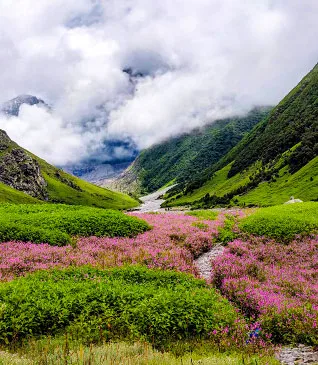
.webp)
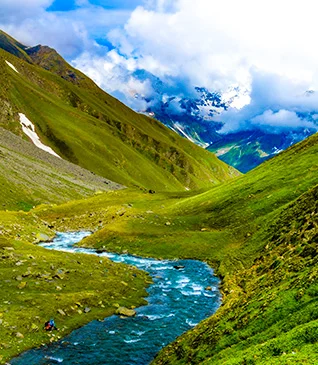
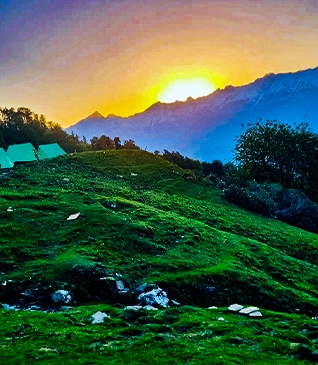
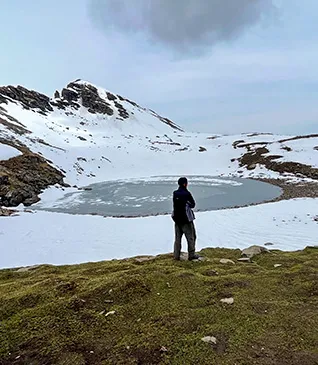
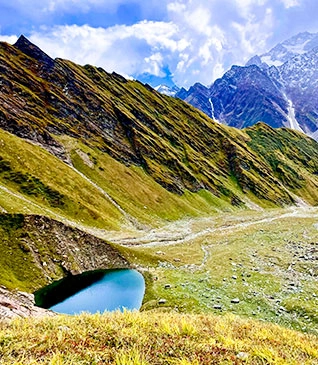
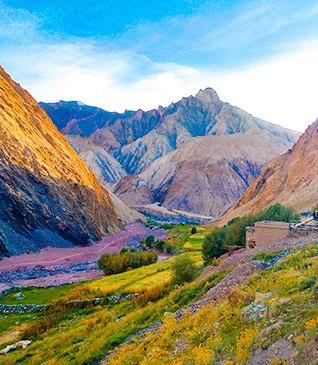
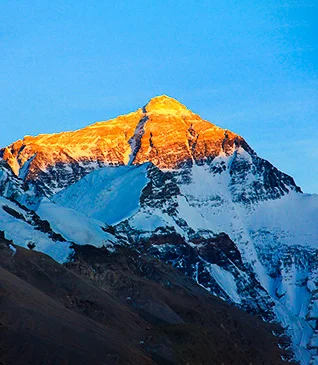
.webp)
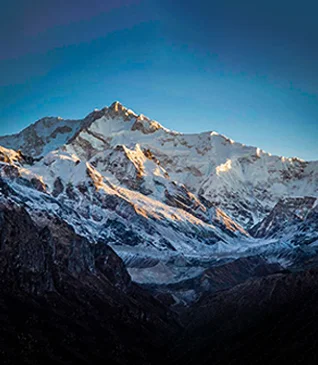
.webp)
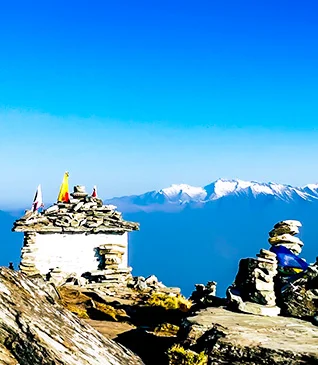
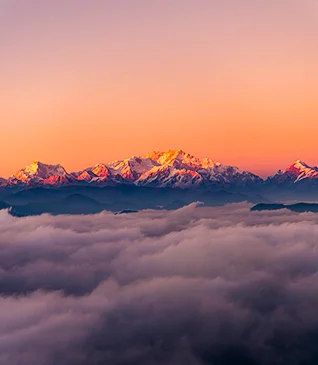
.webp)
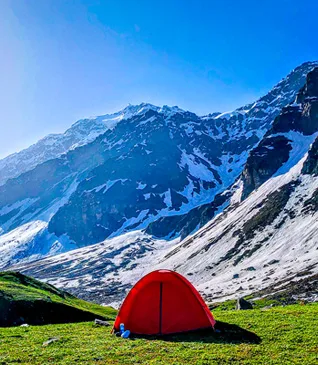
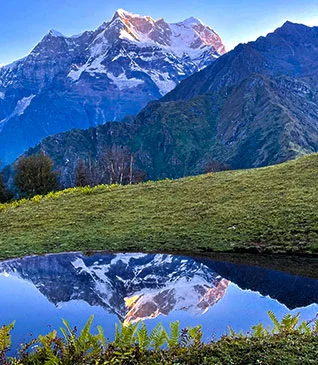
.webp)


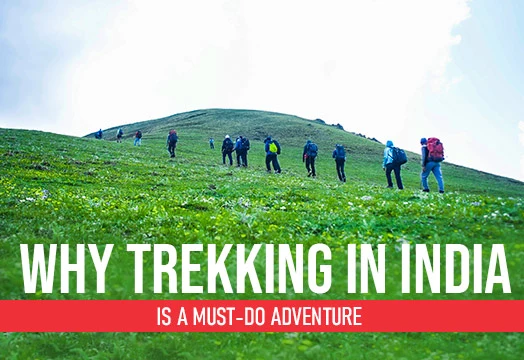




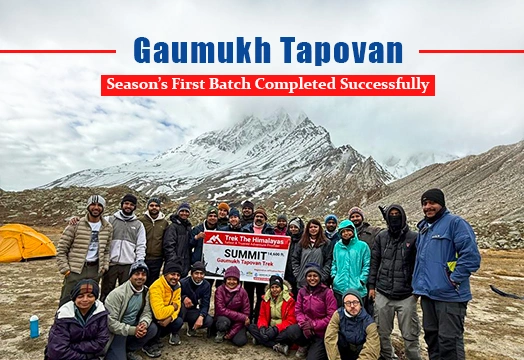

.webp)